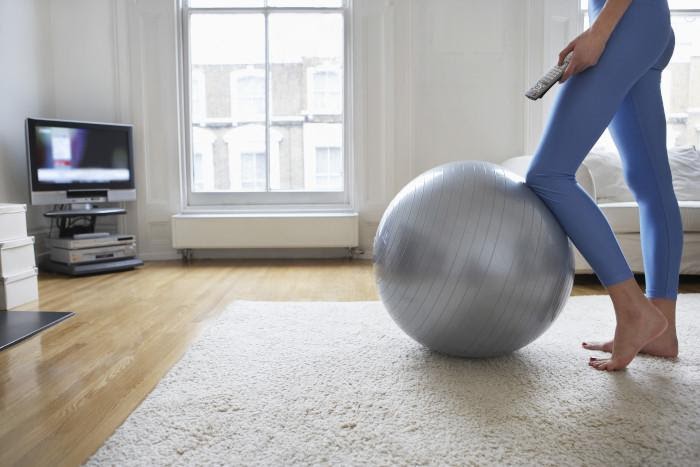Get to know the basics of one of the most famous carpet styles for homeowners looking for a balance between quality and price.

What is Frieze Carpet?
In order to understand whether or not you want frieze carpet, you first need to understand what you are dealing with. Frieze carpet is a textured carpet made of smaller individual strands. In order to construct frieze, the manufacturer takes several small carpet fiber strands and twists them together very tightly. This creates a look that is very similar to the old shag carpet that everyone is familiar with. While it may look a little like shag, it is usually quite a bit shorter than the shag everyone had many years ago. Source: DoItYourself
Costs
Frieze carpet tends to be slightly more expensive than other styles of carpet, yet it remains an economical choice compared to other flooring options.
Frieze carpet ranges from $1 to $8 per square foot — not bad when you consider hardwood flooring averages around $8 to $22 per square foot, installed. The price depends on three factors: fiber material, face weight and twist level.
The most common fiber materials are polyester, polyethylene terephthalate (PET), nylon and wool. Nylon and wool are typically more expensive than polyester and PET. Source: FamilyHandyman
Maintenance and Repair
High durability is probably the biggest advantage of frieze, which derives from the high twist of the fibers. A strand of carpet is strongest on its side rather than the end of the strand. When a fiber is standing straight up and down, the impact of foot traffic occurs directly on top, which will eventually cause the fibers to spread (bloom) and crush the carpet. But when a fiber is long and flopped over, as is the case with the twisted fibers on a frieze carpet, the impact occurs on the side of the fiber, where there is no danger of blooming.
While frieze carpets have the advantage of hiding dirt and footmarks, this comes at a price—they can be difficult to clean. With tighter, shorter piles, spills tend to sit on top of the carpet, where you can easily clean and remove the carpet stain. Since frieze fibers are long and loose, the spill tends to run deep into the carpet, making it much more difficult to tackle. For this reason, be sure to buy a carpet with excellent stain resistance. Look for comprehensive stain and soil warranties on the carpet. You may wish to choose a solution-dyed fiber, which means that the color is added directly in the manufacturing process, not applied later. In this process, the color goes entirely through the fiber, which means very high stain resistance. Source: TheSpruce
Are you thinking about installing frieze carpet on your home? We can help make sure if it’s the right fit for your home. Give us a call today!
The post Frieze Carpet 101 appeared first on Curlys Carpet Repair.
from Curlys Carpet Repair https://ift.tt/2EauIVn
No comments:
Post a Comment